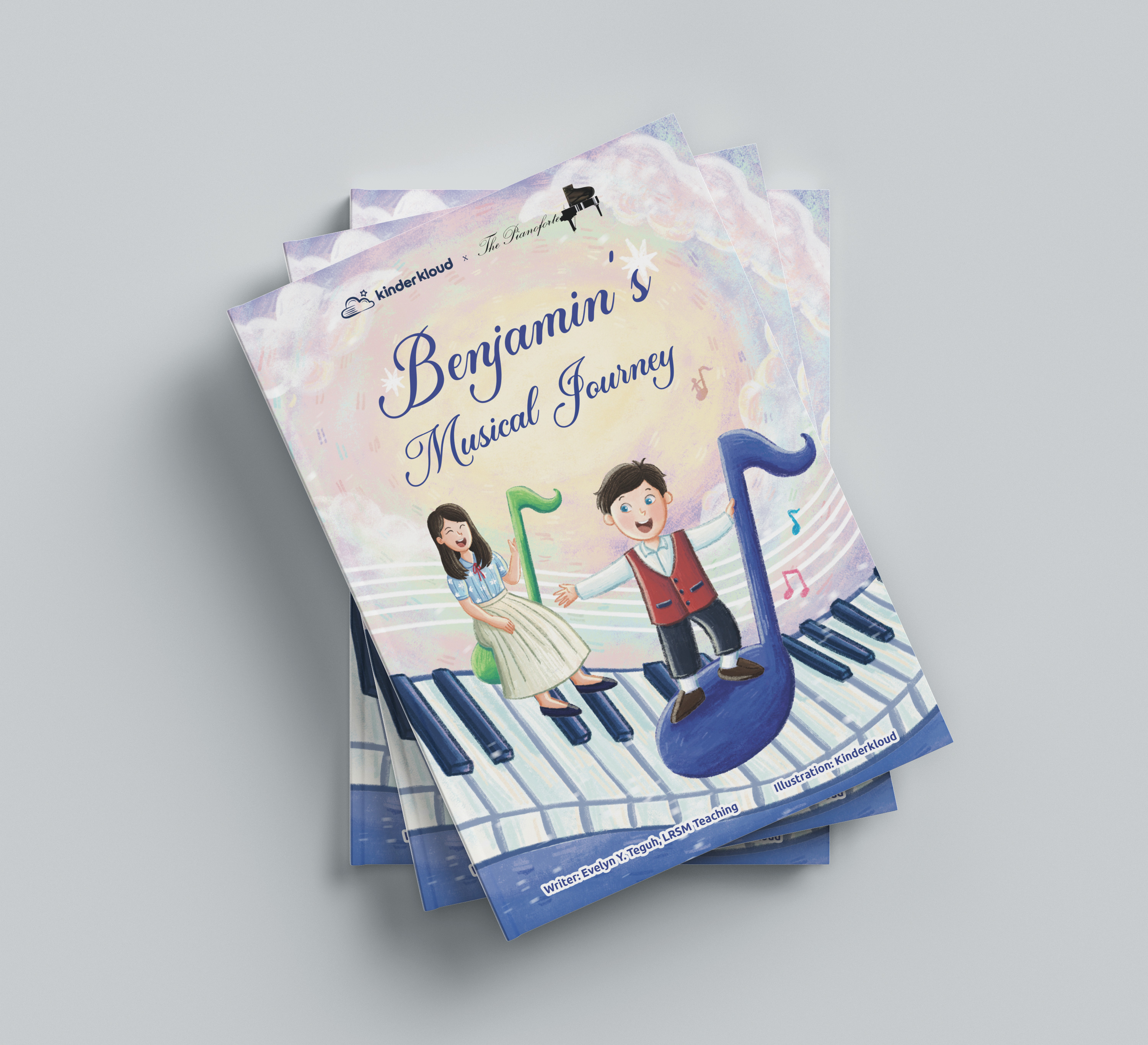How to make vaccination less stressful for your kids

Vaccination protects us from harmful diseases and the process typically involve needle injection to our body. Some of us, including children, may find the process uncomfortable, painful, and scary. Before coming in for your child’s vaccination appointment, it is suggested that parents know what to expect during the process, so that parents can prepare the child accordingly. For children who are not familiar with needle or find needle aversive that it makes them cry, run, or scream, parents can prepare them for vaccination by teaching them tolerating the needle (and syringe; for the purpose of this article, moving forward it will be referred as needle).
Note that this is a general information that you can use and modify as you see fit. Consult with appropriate professional if you have specific concerns about your child.
- The first step to needle tolerance is to find the starting point. This starting point is the level you could start presenting to your child more often to get them use to it, and therefore, may produce less stress. It may look different on each child. For instance, some children may find the sight of a toy-needle is scary, some may find only the sight of actual needle is scary.
- Once you find your starting point, present the type of needle throughout the day or repeatedly. This step teaches children that the presentation of needle does not result pain or any discomfort. Parents can be creative with presenting the needle; for example, using pretend play or watching videos.
- Once the child does not show any negative response towards the needle, parents can then progress to the next step. For example, using a toy-needle, role play the process of injection using the needle. Involve fun interaction during this step as it teaches the child that situation involving needle does not have to be scary; it can be fun sometimes.
In addition, parents can also talk about vaccination and what to expect to their children. Of course, the information involved can be adjusted according to your child’s age and language skills. A few tips in talking to your children about vaccination:
- List the steps needed. Parents can list the steps a child need to complete the whole vaccination process. For example: walk to the hospital, waiting outside the room, walk into the room and sits on chair, open the arm sleeve, alcohol wipe application, needle in for 5 seconds, needle removed, arm is patched. The steps can be as specific or as loose as parents see fit depending on the situation. Having a list of steps can provide some ideas for parents which step the child might have issues on and more explanation on.
- Describe the process. Depending how old your child is, if you see fit, you could explain what to expect during the process. For example, “When get to the clinic, I will sit with you and your favorite toy. The doctor will put a cold cotton on your arm to clean the area. Then the doctor will briefly put a needle inside to put in the good stuff to make you stronger. 1, 2, 3, poof! We’re done.”
- Role play. Parents can play pretend with their child that mimics the process of vaccination and the presentation of needle and needle injection.
Tiara Putri, MS. BCBA.
BehaviorPALS
needle, vaccination, tolerance
Children 4 Years - 6 Years / 4 Tahun - 6 Tahun / Vaccines / Vaksin / Health / Kesehatan / How to make vaccination less stressful for your kids
Comments















